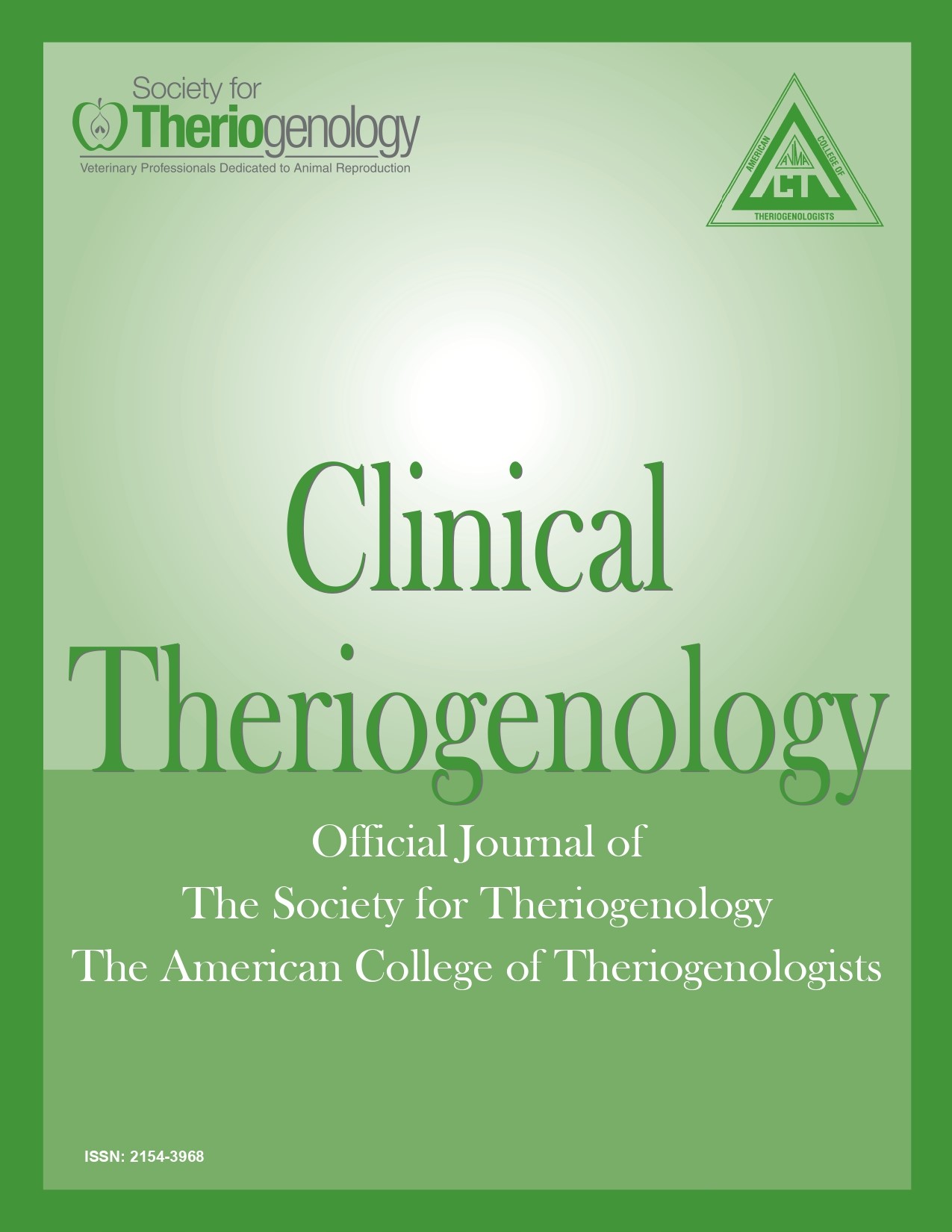Case report: bilateral indirect inguinal herniation in a male alpaca
Abstract
Inguinal hernias are extremely rare in male South American Camelids (SACs). It is important to differentiate and classify herniation, since treatment depends on the diagnosis. Hernias can be either congenital or acquired. Congenital hernias are due to defects during embryogenesis, whereas acquired hernias occur postnatally due to trauma, dilation and/or weakness of soft tissue. Hernias are further classified as direct or indirect. Direct herniation occurs when herniated contents go through a tear or rent in tissue. Direct herniation is usually an emergency, due to strangulation of hernial content, warranting immediate surgical correction. Indirect herniation occurs when the herniated content goes through a normal anatomical structure. Although indirect herniation is usually not considered an emergency, they still warrant surgical correction. Males have a predisposition to indirect inguinal herniation; although this condition is not documented in females, they can have direct inguinal herniation. A sexually intact male alpaca was presented with a history of depression, decreased body condition score, diarrhea, and intermittent rear leg lameness. Bilateral scrotal enlargement was observed, with palpable content in the inguinal region. The condition was classified as an acquired, indirect inguinal hernia. After reducing the hernia by a prescrotal approach a bilateral orchiectomy was performed.
Downloads

This work is licensed under a Creative Commons Attribution-NonCommercial 4.0 International License.
Authors retain copyright of their work, with first publication rights granted to Clinical Theriogenology. Read more about copyright and licensing here.





